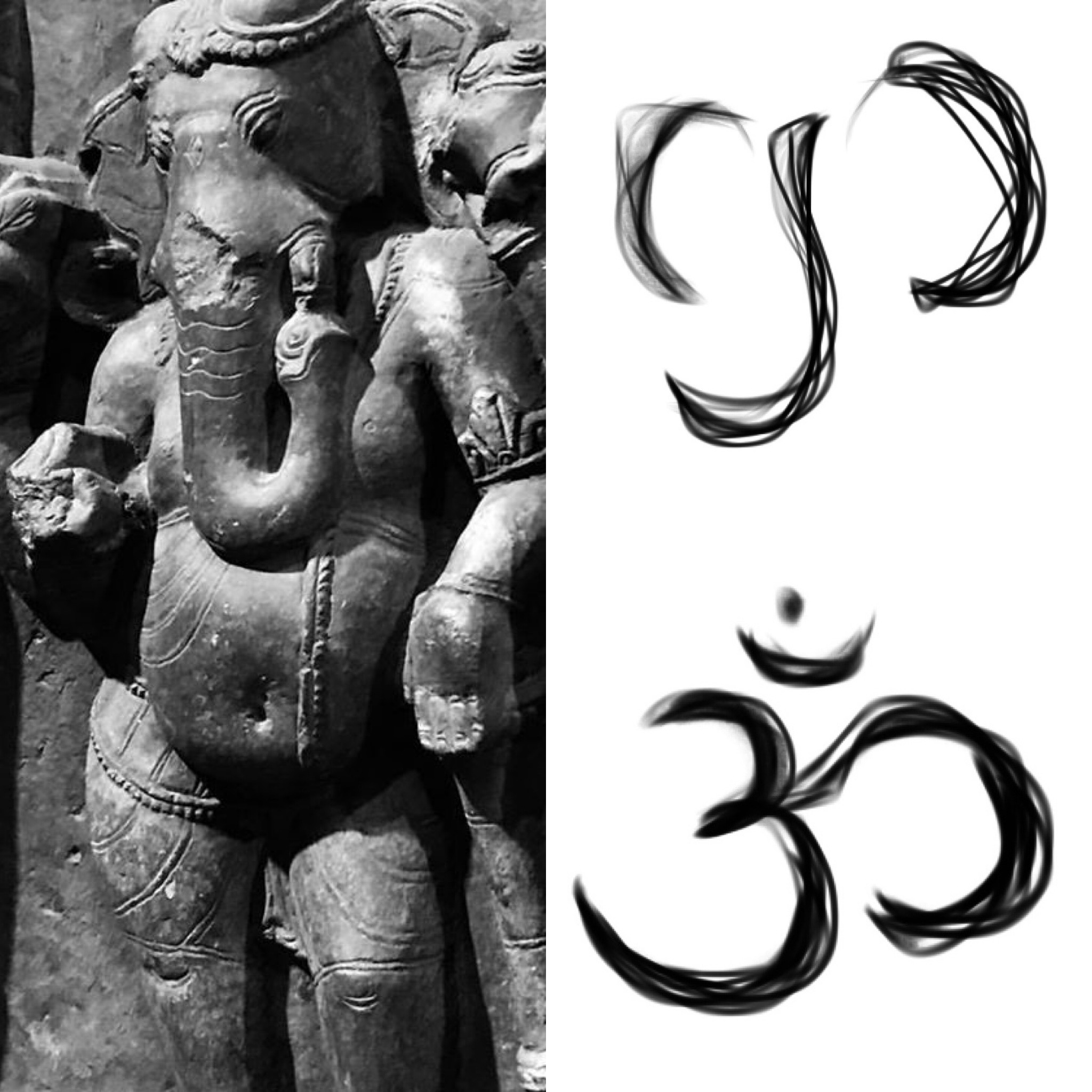
Guardian of the Threshold, Who watches over the door To Paravati and Mahadeva, behold The offerings I place before. The all encompassing sound, Syllable of bliss without bound, And expression of true intention.

Ideas realized

Guardian of the Threshold, Who watches over the door To Paravati and Mahadeva, behold The offerings I place before. The all encompassing sound, Syllable of bliss without bound, And expression of true intention.

Stream of thoughts fall Like drops of rain. Ripples recall And reflect again. Quite them all, Let the mind reign.

The Four Noble Truths, in twelve points, as foundation and framework of refuge (and practice):
1) This is suffering (to be understood)
2) This is the origin to suffering (to be abandoned)
3) This is the end to suffering (to be fully realized)
4) This is the way to the end of suffering (to be fully developed)
If empty self perceived, And selfless phenomena conceived, Who then would guide? And who on path proceeds? Who is it that strives? Though continuum remaining, Moment by moment changing, Between conceptions Clear perfection.
Where present proof There absent faith, Two faces to truth.
What without merit avert, The grasping of self subvert, To pureness of view revert.
H.H The Dalai Lama, “To strengthen our practice, it is necessary to develop one-pointed concentration of the mind…. Lack of concentration prevents us from keeping our minds focused on the object of meditation… In brief, meditation is a way for training and transforming the mind.”
Calm abiding
1: I should place my mind in concentration:
For the person who’s mind is distracted
Dwells between fangs of disturbing conceptions.
2,3: Through solitude of body and mind
No distractions will occur:
I should forsake the worldly life,
And completely discard distorted conceptions.
I should entirely forsake attachments and cravings
For this is the way of the wise.
4: Having understood that disturbing conceptions are completely overcome
By superior insight endowed with calm abiding,
First of all, I should search for calm abiding,
This is achieved through the genuine joy of those unattached to worldly life.
82,83: The objects of desire will certainly perish,
[Wherein enlightenment] is attained
With just one millionth of the difficulty
Involved in continually exhausting myself
For the sake of what is not great.
85: Having in this way developed disillusionment with desire,
Generate joy for solitude.
Devoid of disputes and disturbing conceptions.
87: Having abandoned the pain of clinging and guarding (possessions)
Abide, independent, free of care.
Equanimity (Awaking Mind)
89: Having in such ways as these
Thought about the excellence of solitude,
Completely pacify distorted conceptions
And meditate on the Awaking Mind.
90: Make an effort
To mediate upon the equality between self and others.
Intent on protecting all beings
As all are equal in (wanting) pleasure and (not wanting) pain.
110: Just as one protects themself
From unpleasant things however small,
In the same way act toward others
With a compassionate and caring mind.
120: Thus whoever wishes to quickly afford protection
To both self and other beings
Should practice the holy secret:
The exchanging of self for others.
129: Whatever joy there is in this world
All comes from desiring others to be happy,
And whatever suffering there is in the world
All come from selfish desires.
165: In brief, for the sake of all living creatures,
May all harms
I have selfishly caused to others
Descend upon myself.
Renunciation
178: In the end this body will turn to dust;
Why do I grasp this unbearable
And unclean form as “I”?
184: Therefore, in order to benefit all beings
I shall give up this body without any attachment.
Although it may have many faults,
I should look after it while experiencing (the results of my previous) actions.
186: Just like the compassionate Children of the Conqueror,
I shall patiently accept what I must do;
For if I do not make a constant effort day and night,
When will misery ever come to an end?
187: Therefore, in order to dispel the obstructions,
I shall withdraw my mind from mistaken ways
And constantly place it in equipoise
Upon the perfect object.
Mantra of inquisitive mind, Midst consequentle bind, Casualty seeks to find. Conscious causal perception, Disillusioned, rooted in deception, Cyclic, without inception.
Illusory existence persistence Experientially resistant, Without proof of non-existence. Argument for existence persists Of that which does not exist Absent falsifiable hypothesis.